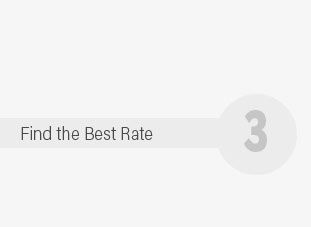 |
 |
 |
|---|
 |
 |
 |
 |
|---|
 |
 |
 |
 |
 |
 |
|---|

How to Insure Your Car: Navigating the Maze of OptionsWhen it comes to insuring your car, the myriad of choices can be overwhelming, yet understanding the intricacies can save you both time and money. Car insurance is not merely a legal requirement but a crucial safeguard against unforeseen events. Here, we delve into the various options available, offering clarity on how to make the best choice for your needs. Types of Car Insurance Coverage Before diving into specific providers, it's essential to understand the basic types of car insurance coverage available. Primarily, you will encounter liability insurance, which covers damages to other people's property and bodily injuries in an accident where you're at fault. Then there's collision coverage, designed to pay for damages to your car resulting from a collision with another vehicle or object. Comprehensive coverage takes a broader approach, protecting against theft, vandalism, and natural disasters. Finally, personal injury protection (PIP) and uninsured/underinsured motorist coverage offer additional layers of protection for medical expenses and accidents involving drivers with insufficient insurance. Comparing Popular Providers Once you grasp the types of coverage, comparing insurance providers becomes the next logical step. State Farm, for instance, is renowned for its extensive network of agents and personalized service, making it a favorite for those who value face-to-face interactions. On the other hand, GEICO is often highlighted for its competitive pricing and efficient online platform, catering to tech-savvy customers who prefer managing policies digitally. If customer satisfaction and a wide range of discounts are your priorities, Progressive might appeal, especially with its Name Your Price tool that allows policyholders to customize plans according to their budget. For those who prioritize a customer-first approach, USAA stands out, particularly for military families, offering exceptional service and comprehensive coverage options. Factors to Consider Choosing the right insurance isn't solely about price. Deductibles play a crucial role; a higher deductible often results in lower premiums, but it's important to ensure you can afford the out-of-pocket costs in the event of a claim. Discounts also vary widely between providers, including safe driver discounts, multi-policy discounts, and even discounts for installing anti-theft devices. Assessing the financial stability of the insurer is equally critical, ensuring they can cover claims adequately. Common Questions Answered
In conclusion, while the process of insuring your car might initially seem daunting, taking the time to understand your options and assess your needs can lead to a tailored policy that provides peace of mind and financial security. Each provider offers unique advantages, and by weighing these against your personal requirements, you can confidently navigate the insurance landscape, ensuring that you and your vehicle are well-protected. https://www.libertymutual.com/insurance-resources/auto/steps-for-insuring-your-new-car
We'll show you how to get insurance on your new car before you drive it off the lot, along with answers to common questions about getting coverage. https://www.dmv.ca.gov/portal/vehicle-registration/insurance-requirements/
You must carry evidence of insurance in your vehicle at all times and it must be provided when: Requested by law enforcement. You are renewing the vehicle ... https://www.reddit.com/r/personalfinance/comments/u7cki4/process_to_get_car_insurance/
If you call a local insurance agency, sometimes they work with multiple companies and can search for the best rate. Tell them you want to insure ...
|
|---|